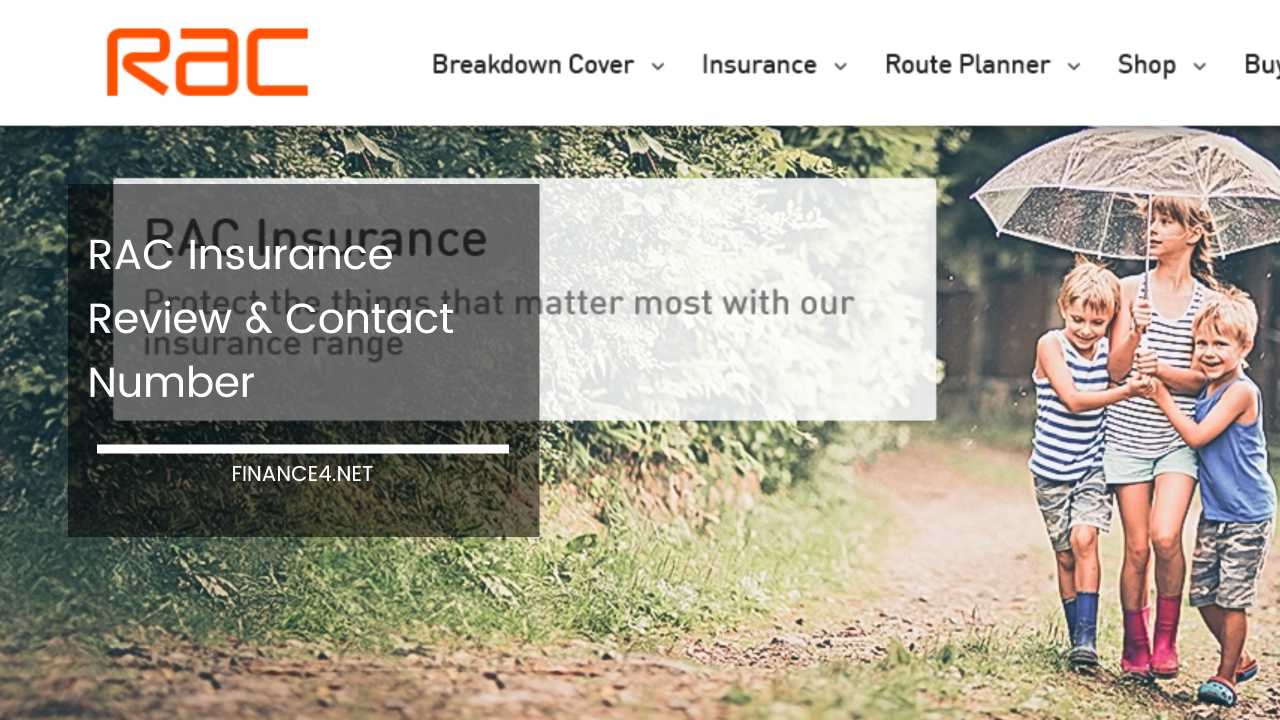What Are the Main Types of Mortgage Lenders?

Types of Mortgage Lenders
Navigating the Lending Landscape: A Comprehensive Guide to Mortgage Lenders
Securing a mortgage is one of the most significant financial steps many individuals and families will take in their lives.
The mortgage lending landscape is vast and varied, encompassing a wide range of lenders with different products, rates, and levels of service.
Understanding the various types of mortgage lenders is crucial for making an informed decision that can affect your financial well-being for years to come.
In this comprehensive guide, we will delve into the primary types of mortgage lenders, their unique characteristics, and critical factors to consider when making your choice.
Types of Mortgage Lenders
Traditional Banks
Traditional banks are often the first choice for many homebuyers due to their widespread availability, established reputation, and broad range of financial products.
They offer various mortgage options, including conventional loans, FHA loans, VA loans, and adjustable-rate mortgages.
Additionally, many banks provide robust online services, making it easier to apply and track the status of your application.
Key Advantages of Traditional Banks
- Wide Range of Products: Banks typically offer a diverse selection of mortgage products tailored to various financial situations. Whether you’re a first-time homebuyer or looking to refinance, there’s likely a suitable option available.
- Established Reputation: Banks have a long-standing presence in the financial sector, which often translates to stability and reliability. This can provide peace of mind when making such a significant financial commitment.
- Local Branches: The presence of local branches allows for face-to-face interaction, providing you with in-person support and advice throughout the mortgage process.
Potential Drawbacks
- Higher Fees: Traditional banks may charge higher fees compared to other lenders, which can increase your overall borrowing costs.
- Stricter Requirements: Many banks have more stringent eligibility criteria, making it harder for some borrowers to qualify, especially those with lower credit scores or less stable income.
Credit Unions
Credit unions are member-owned financial cooperatives that often prioritize community and member benefits. They can provide competitive rates and personalized service, making them an appealing option for many borrowers.
Key Advantages of Credit Unions
- Lower Interest Rates: Credit unions frequently offer more favorable interest rates compared to traditional banks, which can save you money over the life of your loan.
- Personalized Service: Because credit unions are typically smaller and member-focused, they often provide a more personalized approach to lending, taking the time to understand your financial needs.
- Member Benefits: In addition to competitive mortgage rates, credit unions may offer additional perks and benefits, such as lower fees or financial education resources.
Potential Drawbacks
- Limited Product Offerings: Credit unions may have a smaller selection of mortgage products compared to larger banks, which could limit your options.
- Smaller Network: With fewer branches than traditional banks, finding a nearby credit union may be more challenging, particularly in less populated areas.
Online Lenders
The rise of online lenders has transformed the mortgage landscape, offering a convenient and often cost-effective alternative to traditional lending institutions.
These lenders operate entirely online, allowing you to apply and manage your mortgage from the comfort of your home.
Key Advantages of Online Lenders
- Lower Interest Rates: Online lenders often have lower overhead costs, which can translate into more competitive interest rates for borrowers.
- Convenience: The ability to complete the entire mortgage process online makes it easy to apply, track your application, and manage your mortgage at your convenience.
- Faster Processing: Many online lenders can process applications more quickly than traditional lenders, leading to faster approval times and quicker access to funds.
Potential Drawbacks
- Lack of In-Person Support: Online lenders may not provide the same level of personal interaction and support as traditional lenders, which can be a disadvantage if you prefer face-to-face communication.
- Limited Product Offerings: Some online lenders may offer a more limited selection of mortgage products, so it’s essential to ensure they have the type of loan you need.
Mortgage Brokers
Mortgage brokers act as intermediaries between borrowers and lenders. They help you compare rates and terms from multiple lenders to find the best deal for your financial situation. Brokers typically charge a fee, which may be paid by the borrower, the lender, or both.
Key Advantages of Mortgage Brokers
- Access to Multiple Lenders: Brokers can help you navigate the lending landscape by providing access to various lenders, enabling you to compare rates and terms easily.
- Expert Guidance: Mortgage brokers offer expert advice and support throughout the mortgage process, helping you understand your options and guiding you through paperwork.
- No Upfront Costs: Many mortgage brokers do not charge upfront fees, making it easier to access their services without an initial financial commitment.
Potential Drawbacks
- Additional Fees: While some brokers do not charge upfront fees, others may charge for their services, which could increase your overall costs.
- Longer Closing Times: The process of working with a broker can sometimes lead to longer closing times due to the need to coordinate with multiple lenders.
Factors to Consider When Choosing a Lender
Selecting the right mortgage lender is a critical step in the homebuying process. Here are some key factors to consider:
Rates and Fees
Comparing interest rates, closing costs, and other fees is crucial when evaluating lenders. A seemingly small difference in interest rates can lead to substantial savings over the life of a mortgage. Ensure you understand the total cost of borrowing, including any fees that may be associated with the loan.
Product Offerings
Different lenders offer varying types of mortgage products. Ensure the lender you choose offers the specific type of mortgage you need, whether it be a conventional loan, FHA loan, VA loan, or other specialized options. Some lenders may also provide unique features like down payment assistance or flexible repayment plans.
Terms and Conditions
Carefully review the terms and conditions of the loan, including the interest rate, loan term, and any prepayment penalties. Understanding these elements will help you choose a mortgage that aligns with your financial goals.
Customer Service
Research the lender’s reputation for customer service and responsiveness. Look for reviews and testimonials from past borrowers to gauge their experiences. A lender with a strong commitment to customer service can make the mortgage process smoother and less stressful.
Online Tools and Resources
Consider the availability of online tools and resources offered by the lender. Many lenders provide online calculators, application tracking, and educational resources to help you navigate the mortgage process. Access to these tools can simplify your experience and provide valuable insights into your financial options.
Understanding Mortgage Types
To navigate the lending landscape effectively, it’s essential to understand the different types of mortgage products available. Each type comes with its own features, benefits, and eligibility requirements.
Conventional Loans
Conventional loans are not insured or guaranteed by the federal government. They typically require higher credit scores and larger down payments compared to government-backed loans. Conventional loans can be conforming (meeting the guidelines set by Fannie Mae and Freddie Mac) or non-conforming.
- Benefits: Flexibility in loan amounts, no private mortgage insurance (PMI) if you put down 20% or more, and a wide range of terms (15, 20, or 30 years).
- Drawbacks: Stricter credit and income requirements, making them less accessible for some borrowers.
FHA Loans
FHA loans are government-backed mortgages insured by the Federal Housing Administration. They are designed to help lower-income and first-time homebuyers qualify for a mortgage.
- Benefits: Lower minimum credit scores, lower down payment requirements (as low as 3.5%), and more flexible income requirements.
- Drawbacks: Requires mortgage insurance premiums (MIP) for the life of the loan, which can increase overall borrowing costs.
VA Loans
VA loans are designed for veterans, active-duty service members, and certain members of the National Guard and Reserves. These loans are guaranteed by the U.S. Department of Veterans Affairs.
- Benefits: No down payment required, no private mortgage insurance (PMI), and competitive interest rates.
- Drawbacks: Limited to eligible borrowers, and there may be funding fees associated with the loan.
USDA Loans
USDA loans are backed by the U.S. Department of Agriculture and are aimed at low- to moderate-income borrowers in rural areas.
- Benefits: No down payment required, lower mortgage insurance costs, and competitive interest rates.
- Drawbacks: Property must be located in eligible rural areas, and there are income limits that may restrict eligibility.
The Application Process
Understanding the mortgage application process can help you prepare and ensure a smoother experience.
Pre-Approval
The pre-approval stage is crucial for determining how much you can afford and strengthening your position as a buyer. During this process, lenders assess your financial situation, including your credit score, income, and debt-to-income ratio.
- Benefits of Pre-Approval: Knowing your budget, demonstrating to sellers that you are a serious buyer, and potentially speeding up the loan process once you find a home.
Gathering Documentation
Lenders typically require a variety of documents to process your application, including:
- Proof of income (pay stubs, tax returns)
- Employment verification
- Credit history
- Bank statements
Being organized and having these documents ready can expedite the application process.
The Underwriting Process
Once you submit your application, it will enter the underwriting phase, where the lender assesses your financial profile to determine your eligibility for the loan. The underwriter will evaluate your creditworthiness, review the appraisal of the property, and confirm your financial documents.
- What to Expect: This phase can take several days to weeks, depending on the lender and complexity of your financial situation.
Closing the Loan
Once underwriting is complete and your loan is approved, you will move to the closing stage. During closing, you’ll sign the final paperwork, pay closing costs, and finalize the transaction.
- Key Considerations: Review all documents carefully, understand the fees you’ll be paying, and ask questions if anything is unclear.
Building a Relationship with Your Lender
Establishing a good relationship with your lender can enhance your mortgage experience.
Communication is Key
Open lines of communication can make the process smoother. Don’t hesitate to reach out with questions or concerns throughout the application and closing process. A responsive lender can provide guidance and clarity.
Long-Term Considerations
Consider your lender not just for this mortgage but for future financial needs as well. Building a relationship with a lender can be beneficial if you plan to refinance or need other financial products in the future.
The Importance of Financial Literacy
Understanding mortgage terminology and financial principles is essential for making informed decisions.
Educate Yourself
Take the time to educate yourself about the mortgage process, terminology, and your rights as a borrower. Resources such as books, online courses, and financial workshops can provide valuable insights.
Utilize Available Resources
Many lenders offer educational resources, including articles, calculators, and webinars, to help borrowers navigate the mortgage landscape. Don’t hesitate to take advantage of these tools.
Final Thoughts
Navigating the lending landscape can be a daunting task, but understanding the various types of mortgage lenders and their offerings can empower you to make informed decisions.
Whether you choose a traditional bank, a credit union, an online lender, or a mortgage broker, each option has its advantages and drawbacks.
By carefully evaluating the factors outlined in this guide—such as rates, fees, product offerings, customer service, and available resources—you can find the mortgage lender that best suits your needs and financial goals.
Remember that securing a mortgage is not just about finding the lowest rate; it’s about finding a lender that aligns with your overall financial strategy and can support you throughout the homebuying process.
Take the time to research and compare your options, and don’t hesitate to ask questions. With the right lender by your side, you’ll be well on your way to making your homeownership dreams a reality.



